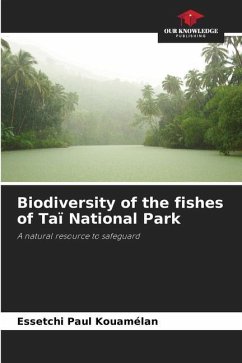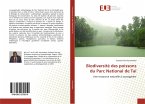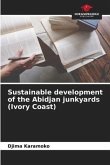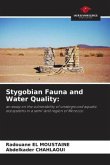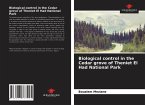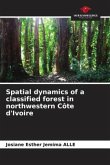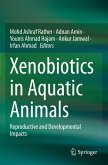The ichthyological population of the Taï National Park was studied for the first time in Côte d'Ivoire. This study covers three areas of conservation biology: systematics, spatial distribution and ecological conservation status. In total, 65 species of fishes divided into 18 families and 8 orders were captured. These species are distributed in the six rivers of Taï National Park. The IUCN status of the inventoried species indicated the presence of 1 endangered species, 4 vulnerable species; 6 near-threatened or endangered species; 44 species of least concern; 1 species of insufficient data and 9 species not evaluated in this world heritage. Two groups of bio-indicator species of water quality (Mormyridae and small Barbus) have been identified in the park. The analysis of the distribution of species captured in all the hydrosystems of the park showed the presence of two species (Chromidotilapia cavalliensis and Synodontis koensis) endemic to the Taï National Park and three species(Polypterus palmas, Malapterurus punctatus and Barbus tiekoroi) endemic to the western Guinean ecoregion Guinean-Eburnan sector.
